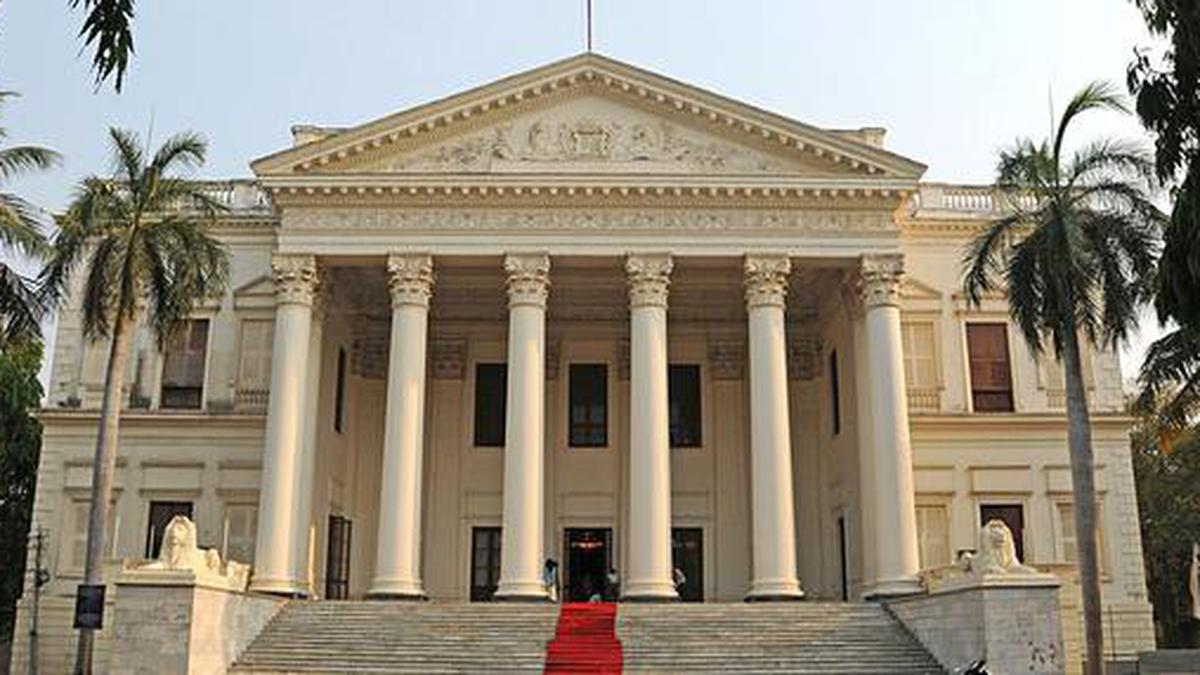
Of romance, rebellion and restoration Premium
The Hindu
The twenty-year restoration and conservation work of the British Residency Building on the premises of the Koti Women’s College brings to light the rich heritage it holds. The students who walk the corridors now know that they are part of the building’s remarkable historical legacy
The Corinthian pillars of the centuries-old building look anew. The floor under the portico of the once-endangered structure now shimmers.
The restoration work of the British Residency Building on the premises of the Koti Women’s College in Hyderabad, has taken another step. There’s a spring in conservation architect Sarath Chandra’s step as he takes the stairs to show around the grand building that was the British Government’s calling card in South India. From here, the East India Company and later the British Government ensured that their writ ran large across peninsular India for nearly 140 years. In the night, the twinkling chandelier lights bouncing off the polished floor give a glimpse of the power and pelf of the colonial era.
But this wasn’t always so. For six decades, when the building was the Koti Women’s College, it was made to go to seed. The dungeons under the building were used to store broken furniture as classes functioned in other parts of the building. Students would stop to catch themselves in the grand mirrors of Darbar Hall.
“It was a grand feeling when we climbed up the stairs. From ordinary classrooms in Intermediate College to entering the large airy building with open spaces gave me a sense of empowerment,” says V. Srilatha, who studied at the institution between 1993-95 and later taught political science classes in the same place.
“It’s been a 20-year effort. I am glad it has been restored to a great extent despite all the hurdles,” says author William Dalrymple whose book White Mughals published in 2002 created a global buzz about the Residency. The love story of a British soldier with the scion of Hyderabad nobility, their children and untimely death framed by the Palladian mansion had all the makings of a Bollywood blockbuster.
It brought tourists in droves who went back disappointed at the sad state of the building. The same year, damage to the timber structure led to the collapse of one of its halls. The World Monuments Watch put the building on its list of endangered sites, and a ‘condition survey’ was carried out.
It took another decade before the work began on the site, as multiple stakeholders existed. The building was part of an educational institution and a protected site under the Telangana Department of Archaeology and Museums. The project’s financiers were other agencies, including the World Monuments Fund (WMF).













